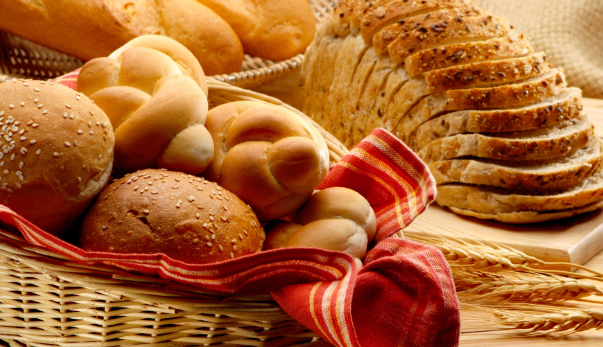Top Reasons Bread Should Be in Your Diet Every Day.

We love the smell of freshly baked bread. Each loaf is handmade at the crack of dawn, using only the simplest of ingredients to bring out smells and flavors that beckon the whole block. Stop by anytime and experience simplicity at its finest. Bread has always been a part of my life. I grew up eating bread for breakfast, lunch, dinner, and even dessert. It was always there whenever I needed it, whether it was white or whole wheat. And though we didn’t realize it then, it would become a huge source of vitamins, minerals, fibre, protein, and carbs. It’s not surprising that bread is considered a staple food around the globe. In addition to being a great way to start your day, it also provides essential nutrients such as fibre, iron, and B vitamins.
Yet, with so much variety out there, choosing a good loaf can be tough. Some loaves contain too little nutrition, while others are loaded with additives and preservatives. Read on to discover the top ten reasons why you should eat bread every day.
A Good Source of Fiber 
Fibre is an important component of a healthy diet because it helps control blood sugar levels, promotes digestive health, supports heart health, and fights obesity. One slice of whole-grain bread contains approximately 3 grams of dietary fibre, which is about half the daily recommended amount. This makes bread one of the best sources of natural fibre for people trying to manage their weight.
Essential Nutrients
Whole grains provide many benefits beyond just fibre. Whole grains are rich in several antioxidants called phytochemicals, including lignans, flavonoids, and phenolic acids. Phyto means “plant-based,” and these antioxidant compounds help fight inflammation throughout the body. Lignans and other phytonutrients may protect against breast cancer, ovarian cancer, prostate cancer, cardiovascular disease, and type 2 diabetes. They may also reduce the risk of Alzheimer’s disease and some types of dementia.
Protein & Iron
One cup of cooked oatmeal contains only 4 grams of protein and 1 gram of iron. By comparison, one slice of bread contains 14 grams of protein and 8 milligrams of iron. Both of these foods are excellent sources of iron, which helps keep your immune system strong and keeps bones, muscles, and organs functioning properly.
Calcium & Magnesium
Whole grains, like bread, can be high in calcium and magnesium. According to the U.S. Department of Agriculture (USDA), one serving of regular sandwich bread supplies nearly 200% of the daily value of both calcium and magnesium.
Vitamin K
Vitamin K is found naturally in leafy green vegetables, but fortified cereals often have higher concentrations than fresh produce. According to research from Tufts University’s Friedman School of Nutrition Science and Policy, vitamin K prevents the formation of blood clots by preventing the binding of coagulation proteins together.
Folate
This nutrient is essential for maintaining a healthy nervous system, developing new cells during pregnancy, and helping form red blood cells. As reported by The Journal of Pediatrics, prenatal folate intake among women who were planning to get pregnant was associated with lower odds of having a child born underweight. Another study published in the journal Preventive Medicine revealed that children whose mothers take folic acid supplements before conception and
Omega-3 Fatty Acids
Omega-3 fatty acids are another nutrient that is abundant in whole grains. Eating fish regularly is beneficial for overall health, but when it comes to omega-3s specifically, you get less bang for your buck from animal sources like beef, chicken, and eggs compared to plant sources like nuts, seeds, and fish. One tablespoon of ground flax seed offers twice the amount of ALA (alpha-linolenic acid, an omega-3 fat) as a piece of salmon.
Gluten Free
There are many gluten-free products on store shelves today — everything from muffins to pizza dough to crackers. And while these options may be convenient, most people still turn to wheat flour when making their favorite recipes. If you need to avoid gluten because of celiac disease or non-celiac gluten sensitivity, then a healthy alternative is to choose whole grains like brown rice over refined starches.
Heart Health
In addition to being packed with nutrients like potassium, fiber, and B vitamins, whole grains can help lower cholesterol levels. In fact, the USDA recommends eating six servings per day of whole grains, which includes every kind of whole grain except barley.
